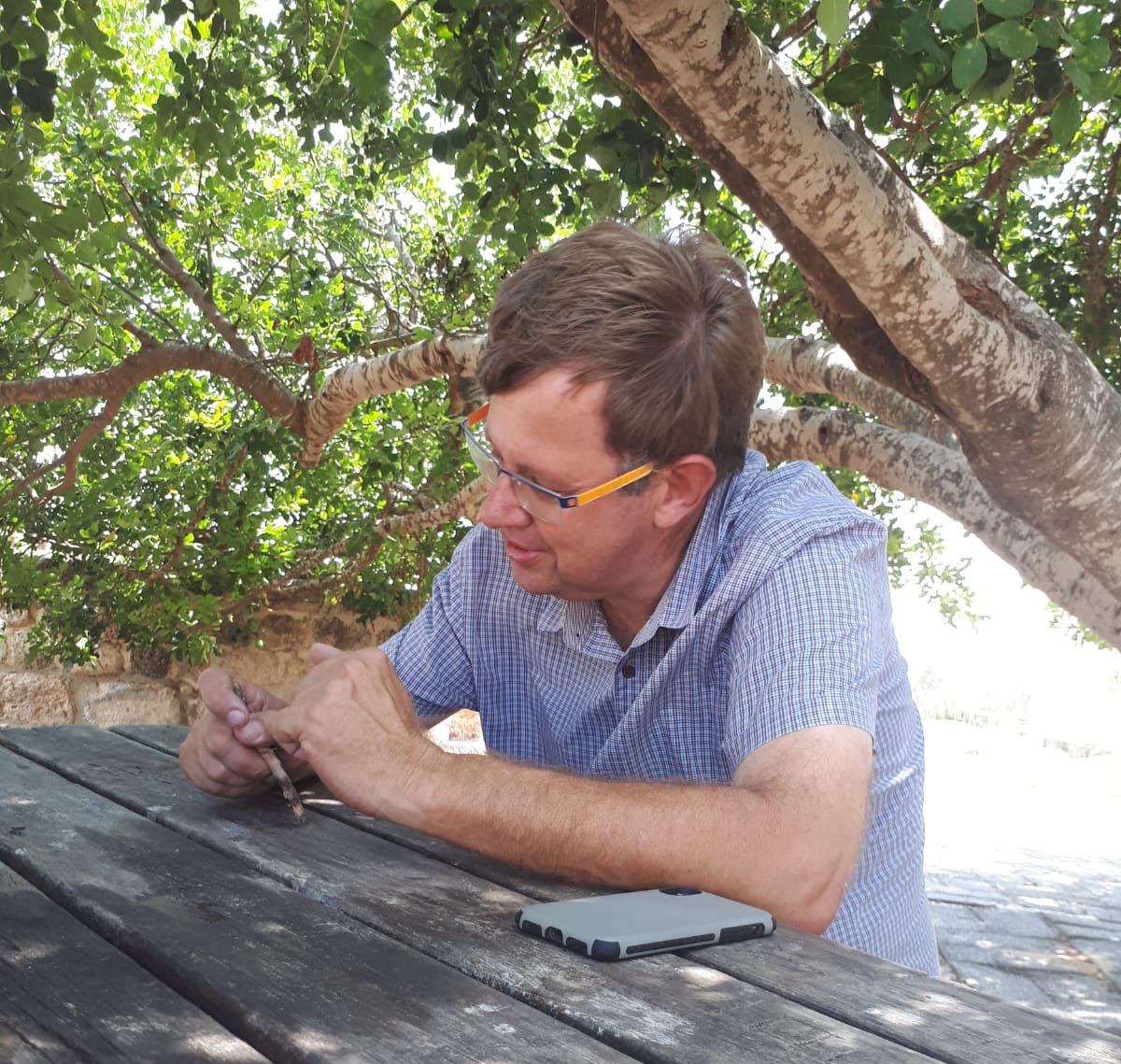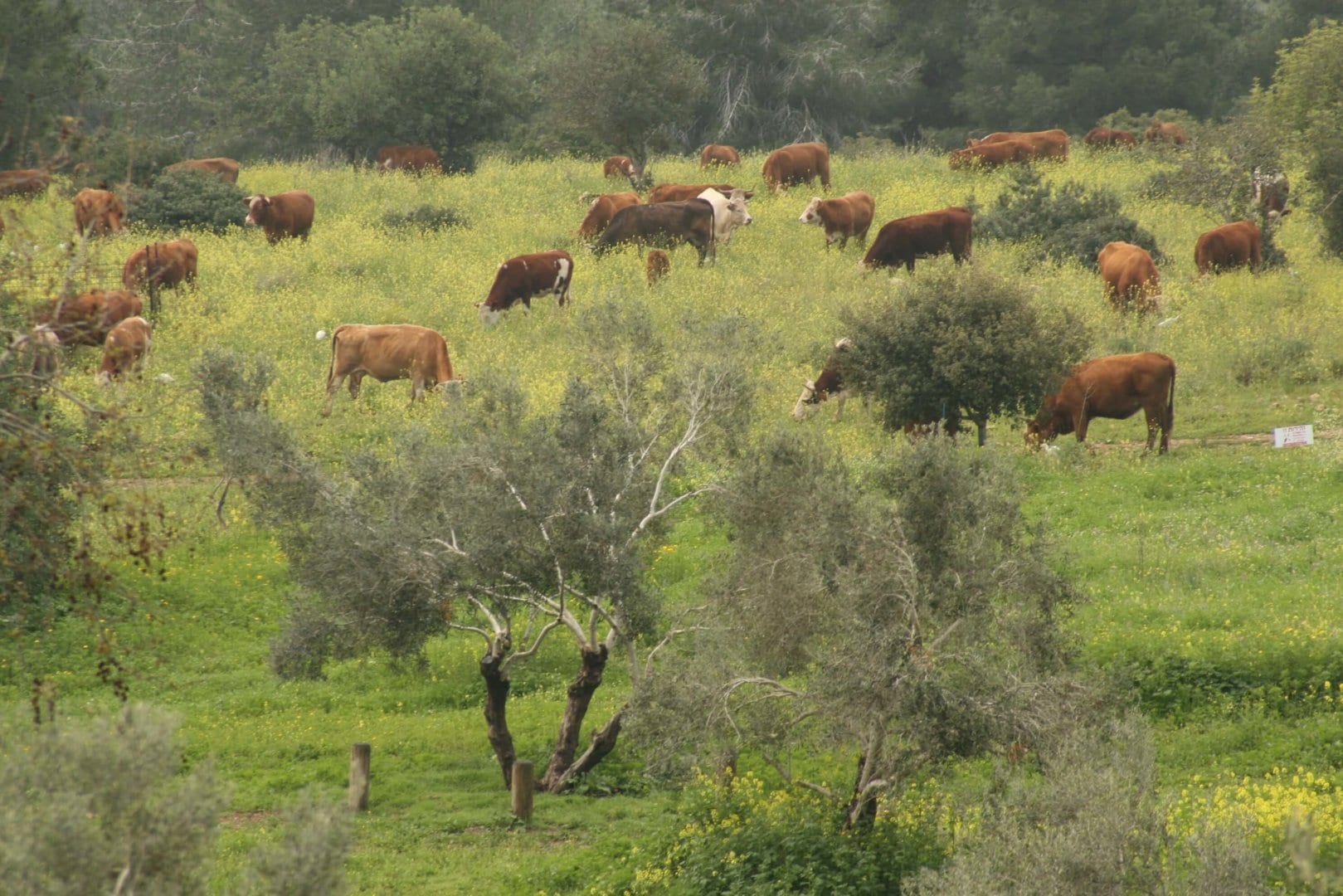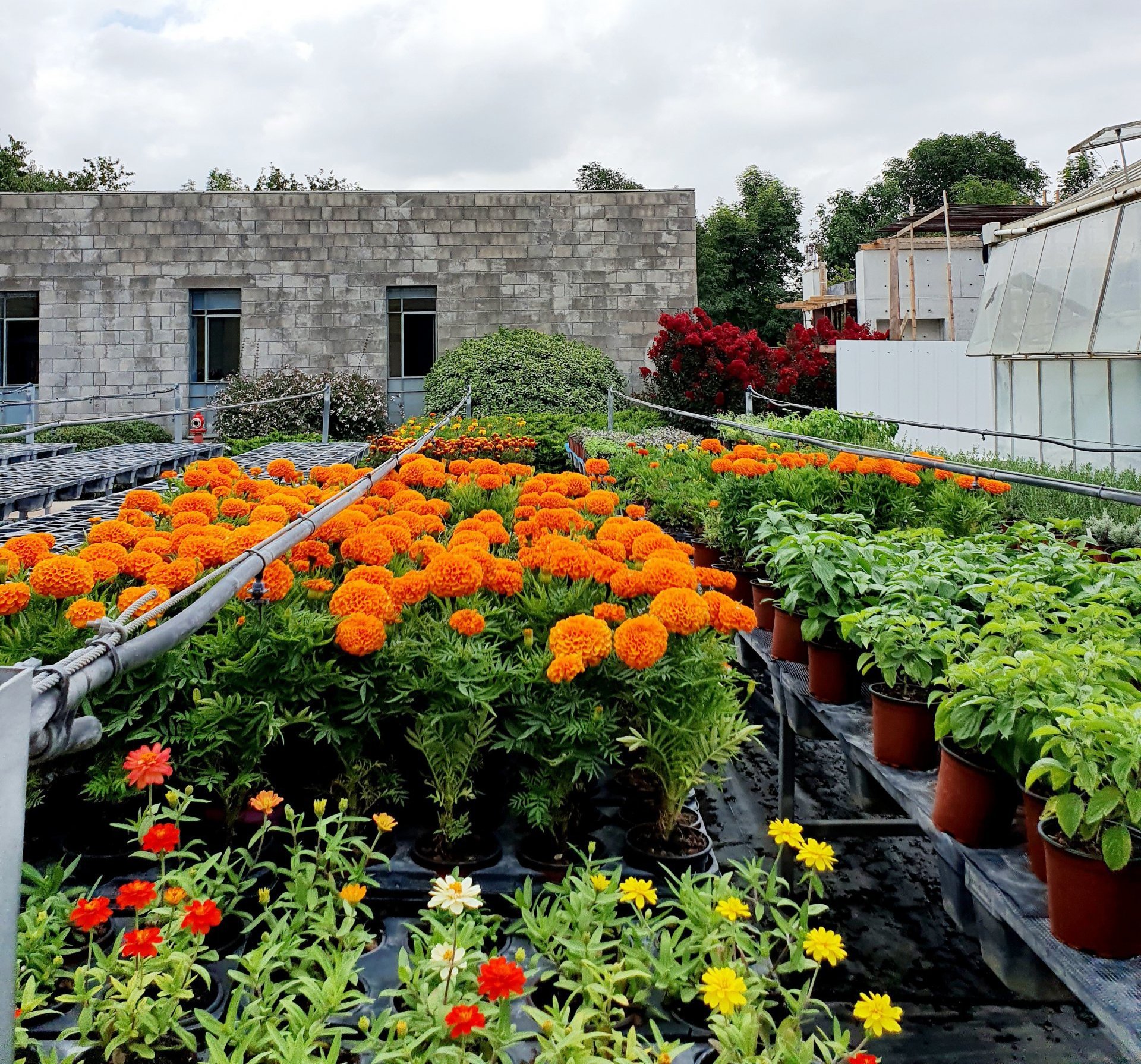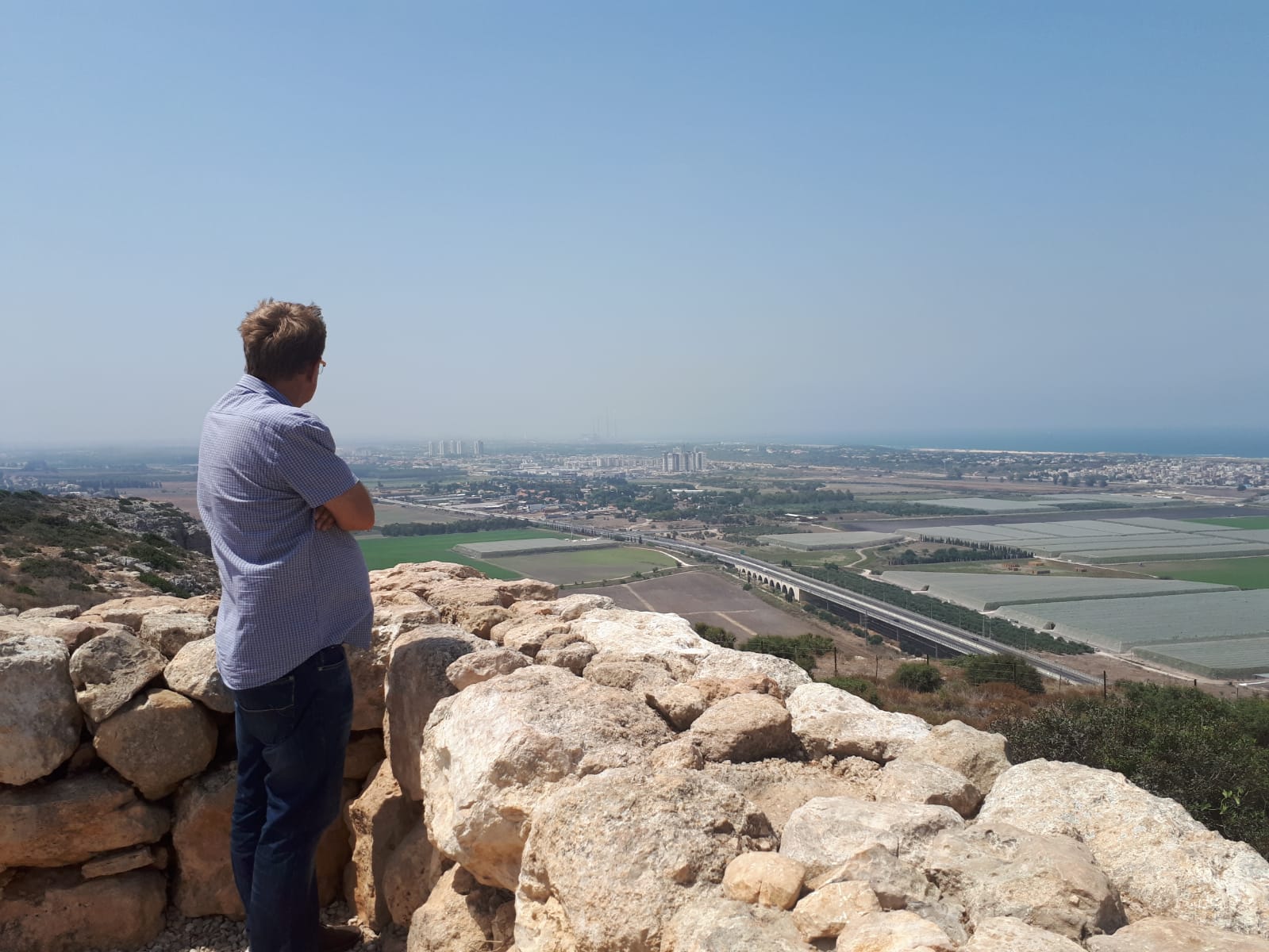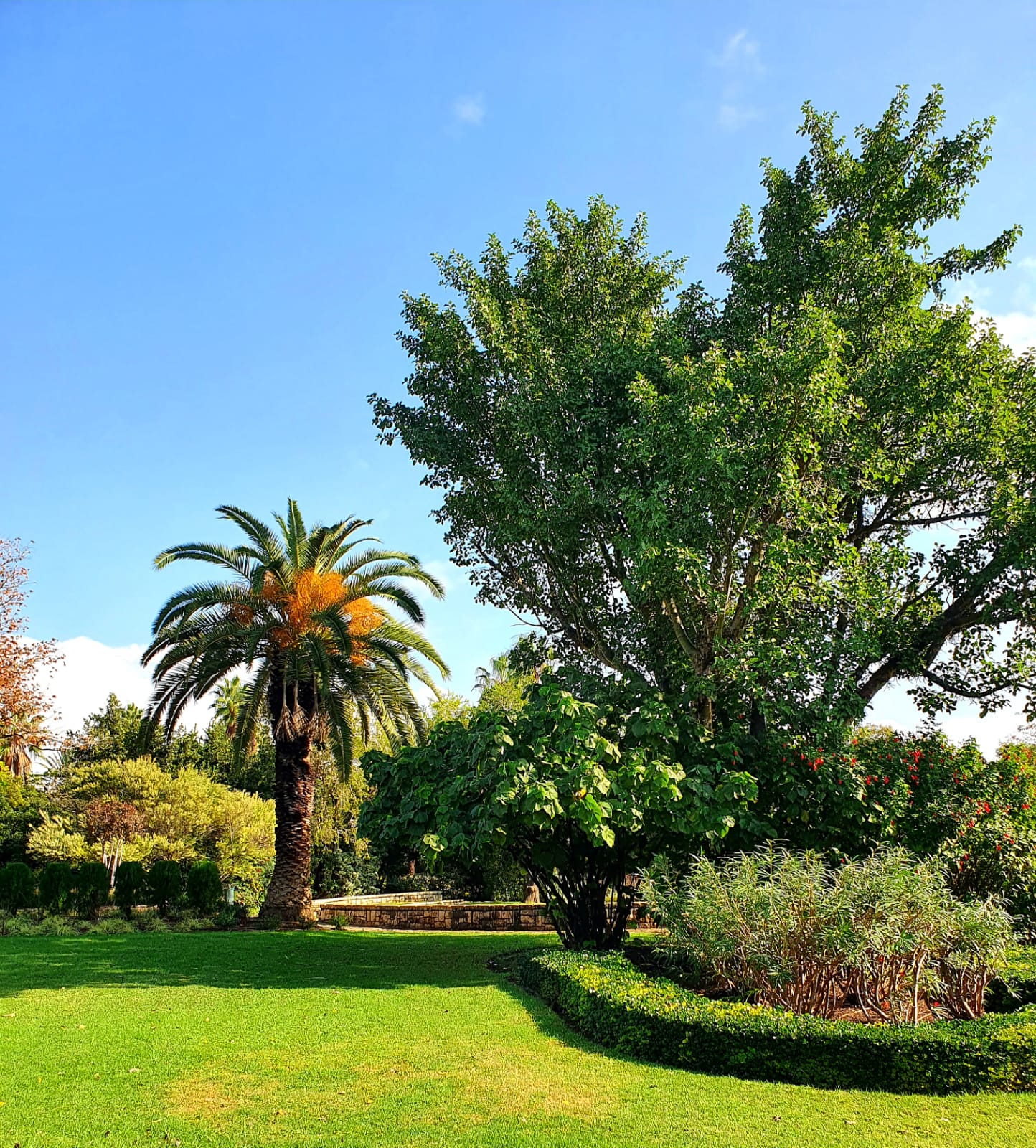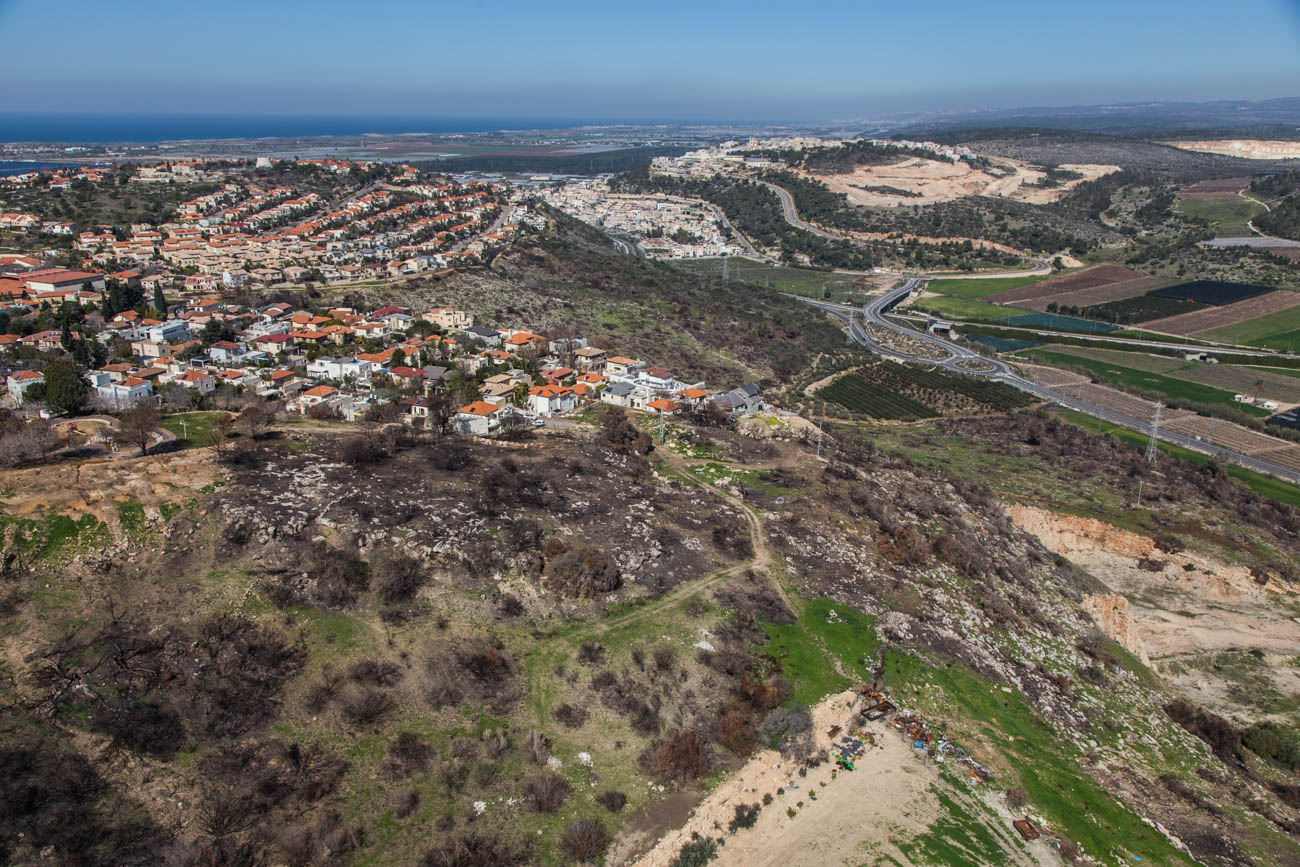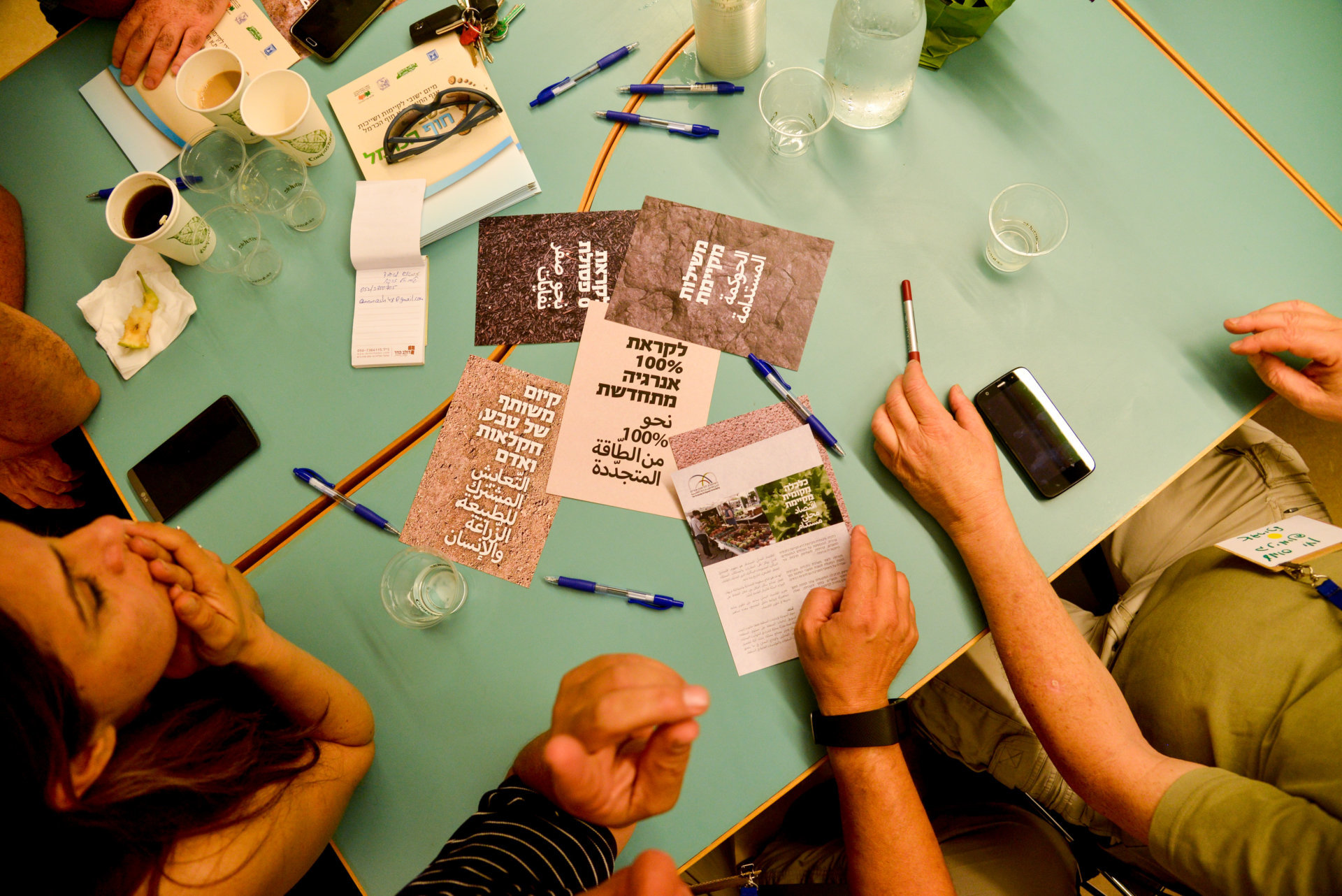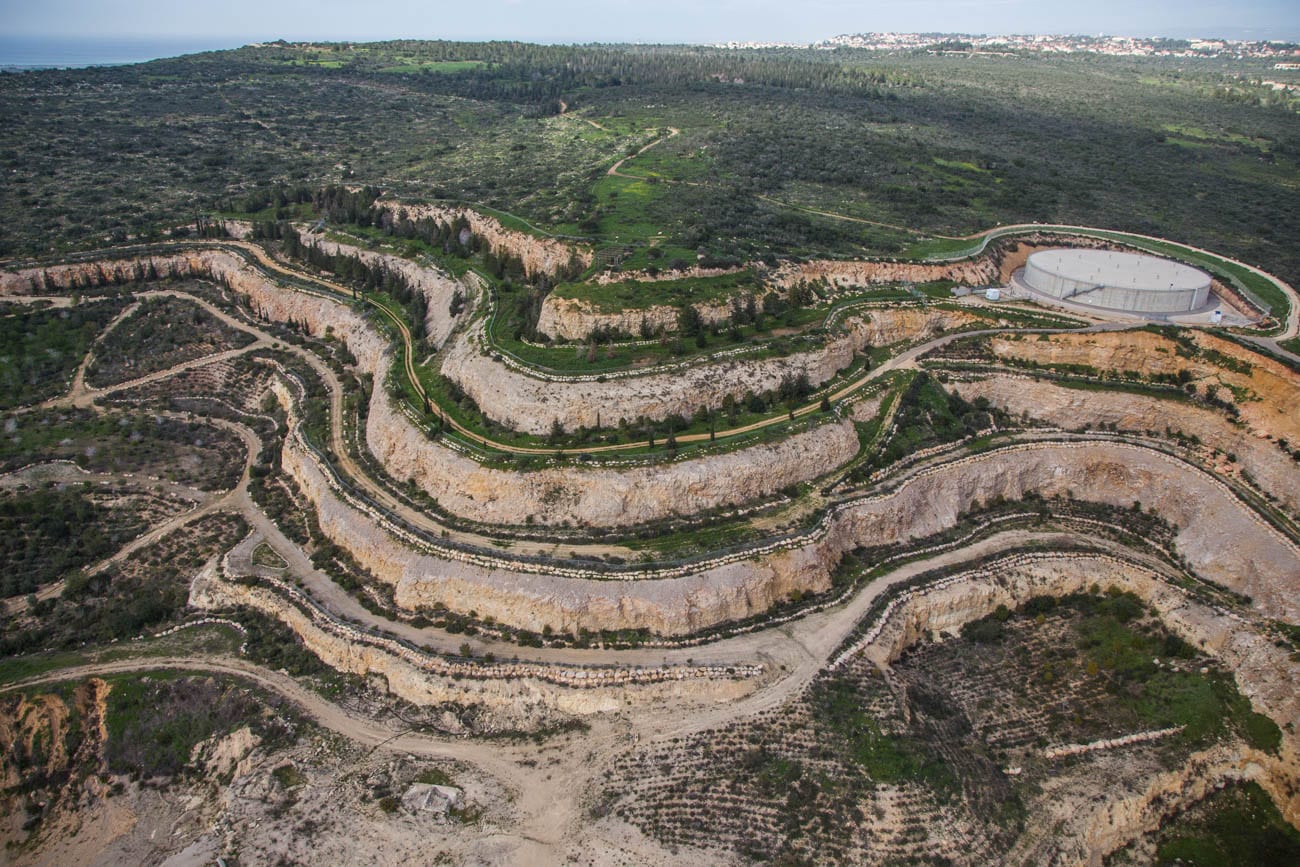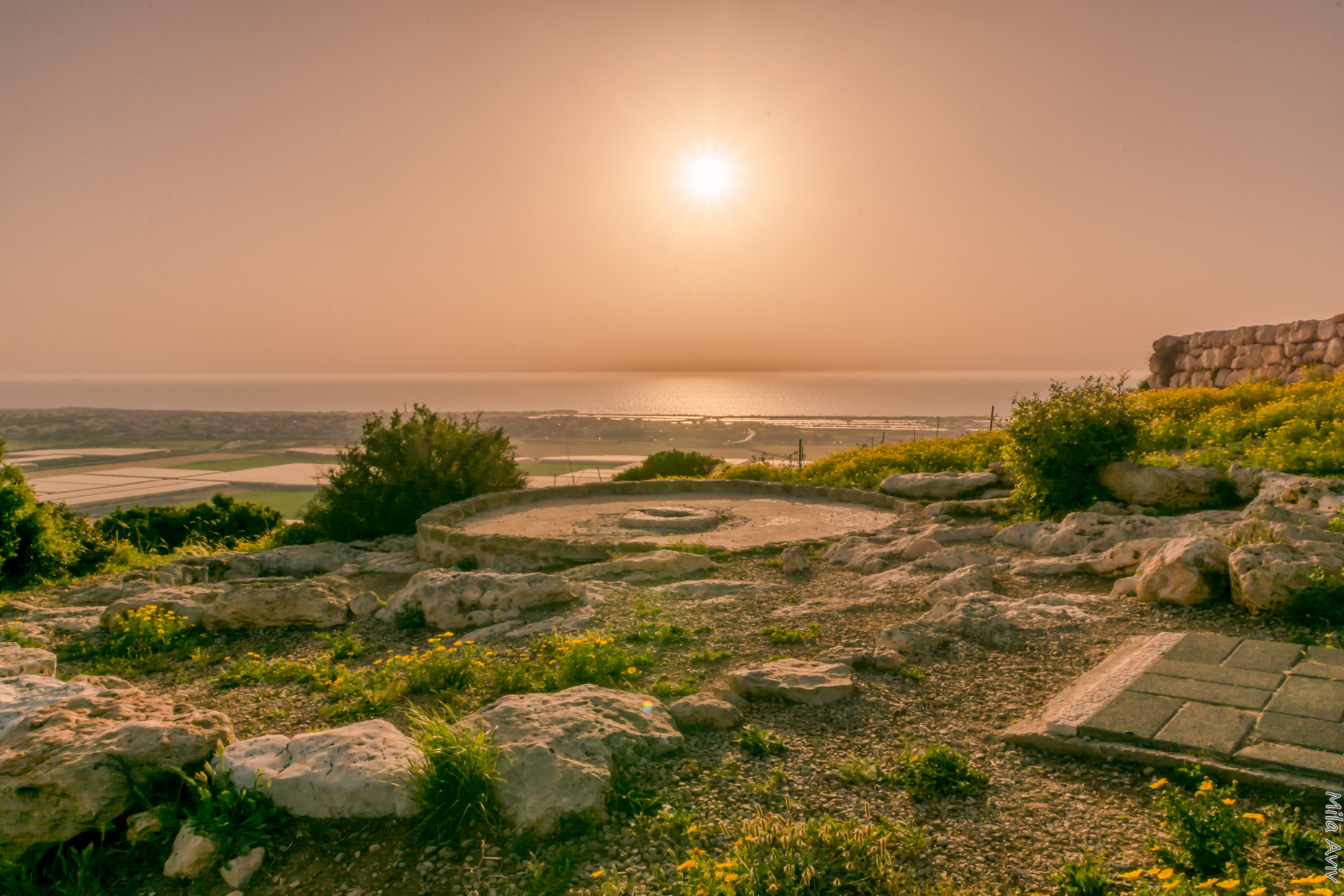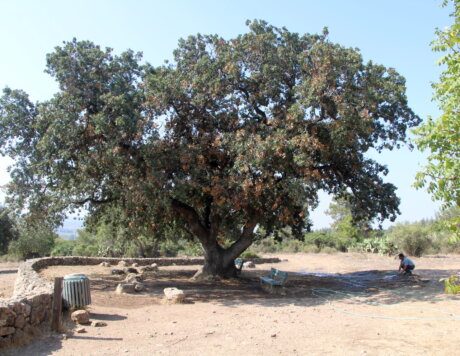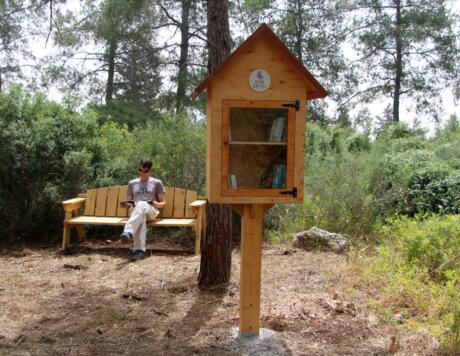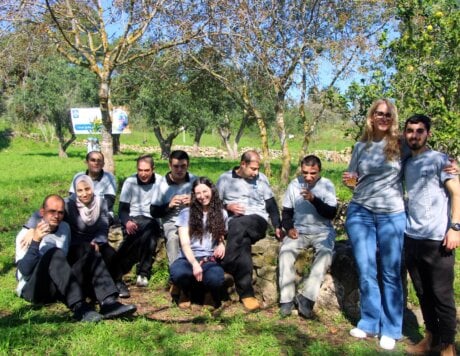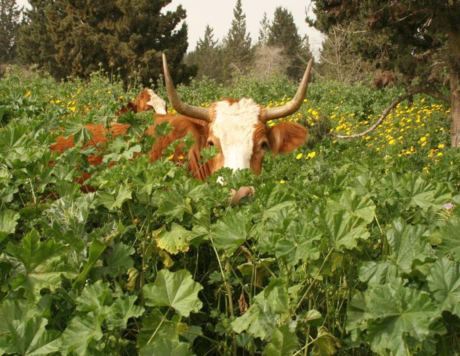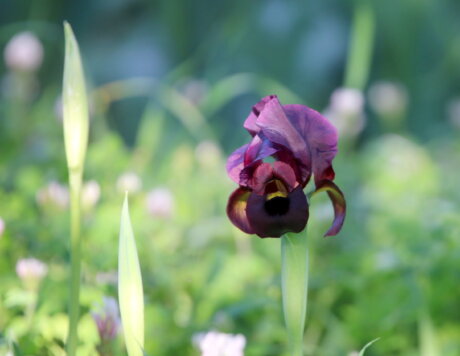Hugo Jan Trago, born in the Netherlands, spent his childhood family vacations in the Black Forest in nearby Germany. There, amongst the endless green and the flowing mountain streams, he dreamed of working in the forest: “I used to live and breathe the forest, watch the foresters work for hours, mesmerized. With my father I would build small dams in the water from sticks and rocks.” But at the age of 17 his life was turned upside down – the forest was replaced by Mediterranean woodland and the European temperament was diluted by a rough Israeli fragrance. He fulfills his dream here, in Israel, as Director of Ramat Hanadiv. Here, for 26 years, he has been connecting between his great love of gardening and esthetics, together with a love for natural open landscapes.
Hugo Jan Trago is not a man of words, certainly not about himself; neither is he a man of the office; therefore, the interview took place in the most natural territory for him – the open air. We went out for a morning tour of Ramat Hanadiv and the region, and along the way, we discovered that as much as he is a man of nature, land, and open space, he is in essence a researcher. Wherever he goes he will find out who was there first, the history of the place, and how it can be preserved as part of a future plan for that place.
Whenever he is asked to bring up childhood memories, nature is always involved: “In my childhood neighborhood there was an area with a grove of


